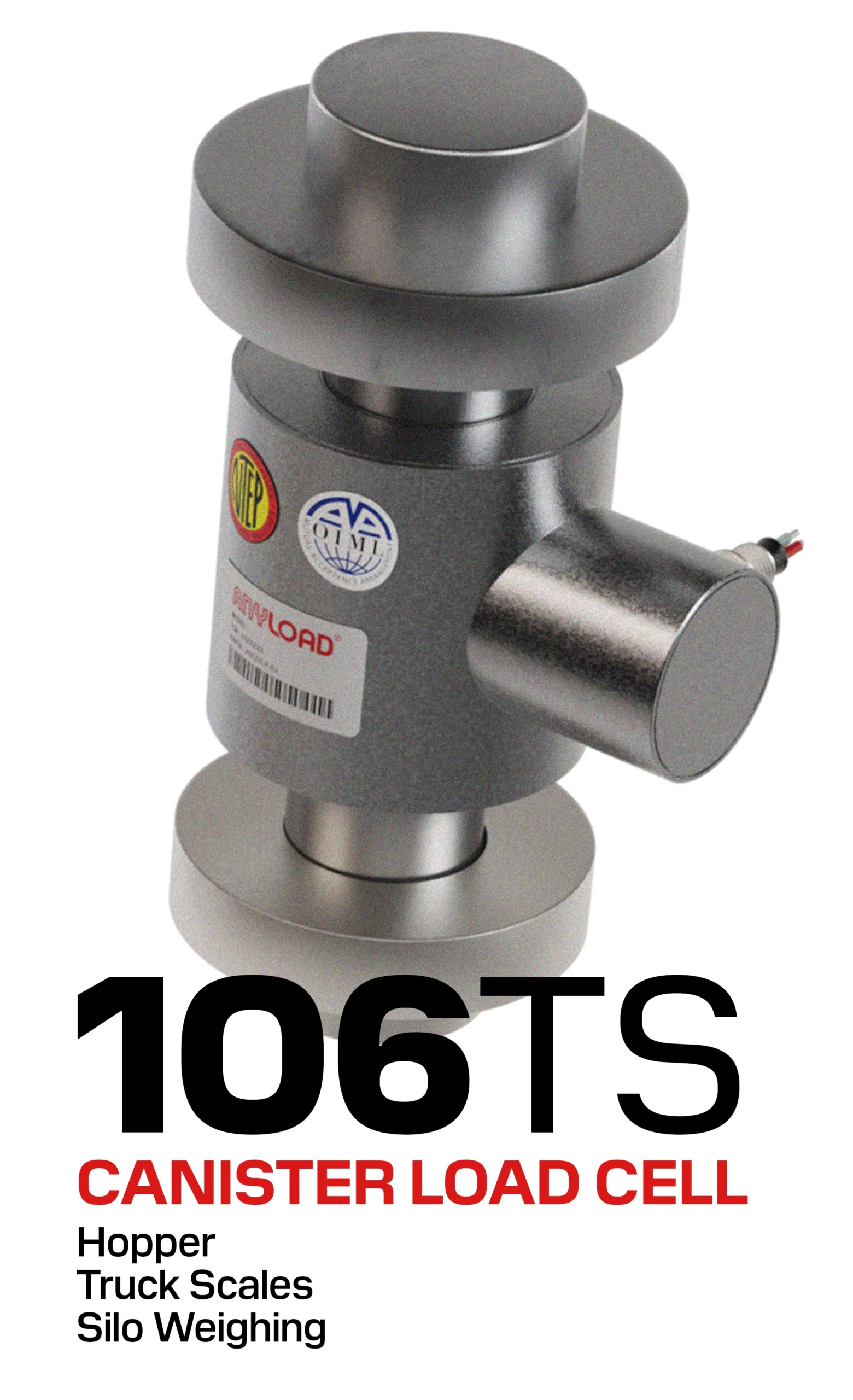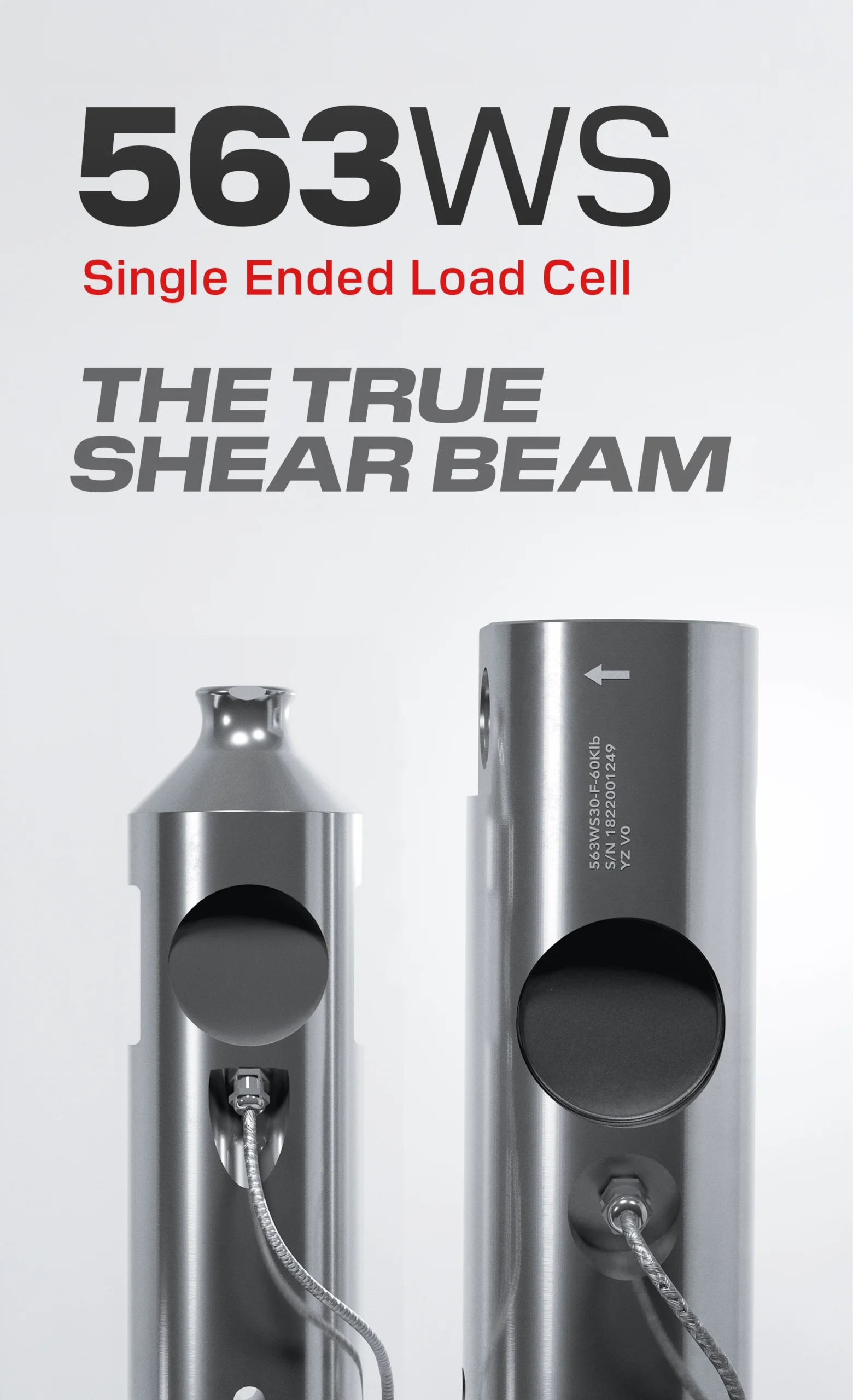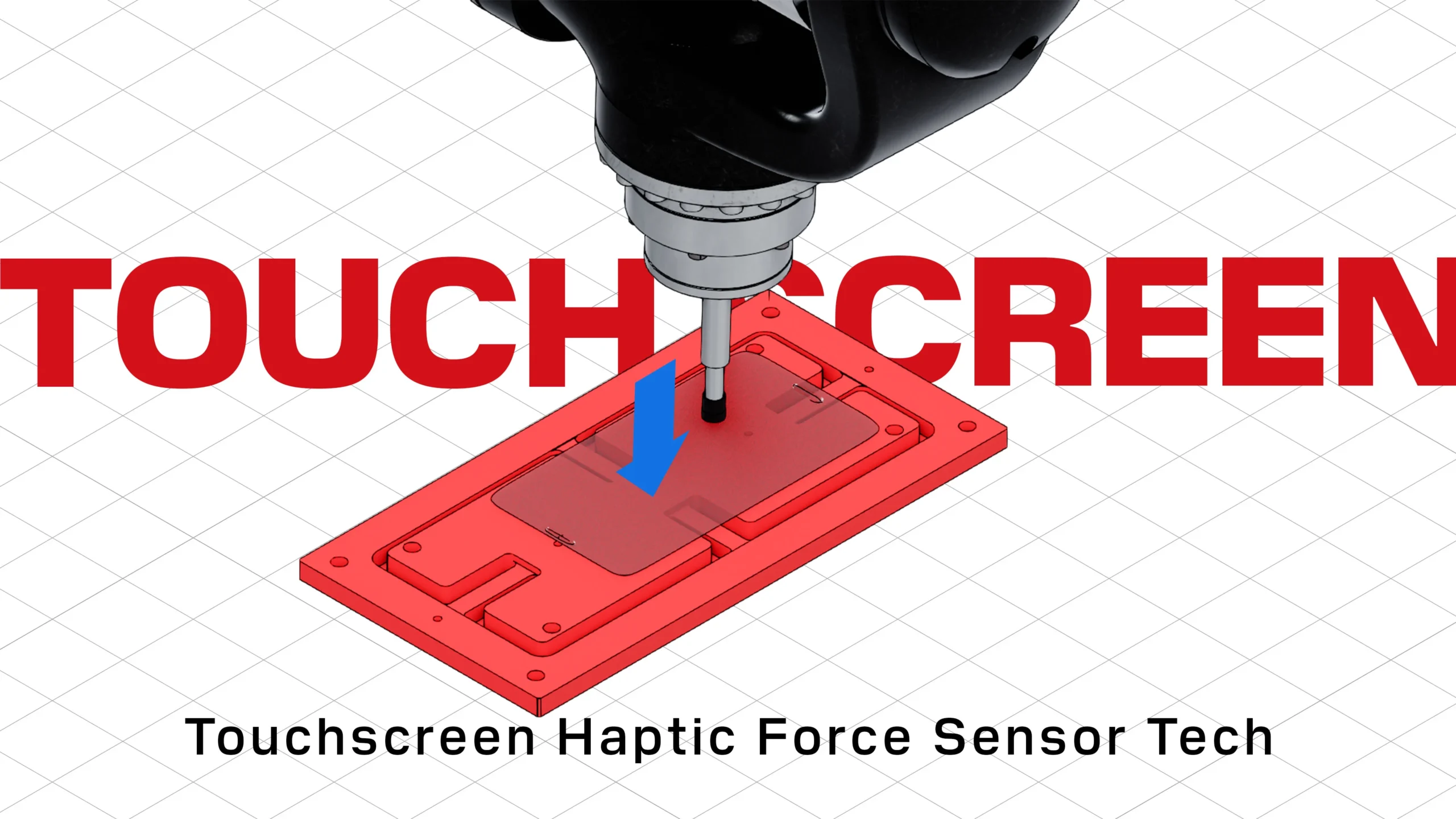Glossary
For your convenience, view the definitions of content related terms and acronyms. [Press Ctrl + F to quickly search for a keyword.]
| Term | Definition |
|---|---|
| Antenna |
A device that transmits and receives wireless signals, defined by its type, size, and configuration, which affect signal range, direction, and quality.
|
| Accuracy (% of Span) |
The maximum total deviation between the measured value and the true input, expressed as a percentage of the full-scale measurement range. It typically accounts for non-linearity, hysteresis, and repeatability.
|
| Analog Input Range |
The maximum voltage or current range that an analog input channel can safely accept, such as ±30 mV or ±10 V.
|
| Analog Input Type |
The type and range of analog signals that a device is designed to accept from external sensors, such as 0–30 mV, 0–10 V, or 4–20 mA
|
| Analog Output Type |
The analog signal format and voltage/current range used to retransmit the measured input. Common examples include 0–10 V, ±10 V, and 4–20 mA, representing the full-scale measurement span of the device.
|
| Analog Outputs |
A retransmission of the measured signal as a continuous voltage (e.g., 0–10 V) or current (e.g., 4–20 mA) to external devices.
|
| Batching |
A weighing process where components are separated into known quantities, typically set by the user, and dispensed into a container or different part of the production chain.
|
| Binding |
A mechanical interference in the weighing system that prevents accurate measurement by bearing weight away from the load cell, removing load from the measured platform or device.
|
| Bench Scale |
A small, low capacity scale with a platform for holding solid weights or containers, typically found in low volume household applications or in high precision measurement environments.
|
| Breaking Overload |
The load at which the structure of the load cell will fail.
|
| Brightness (mcd) |
The luminance of the display, measured in millicandelas (mcd), indicating how visible the screen is under different lighting conditions.
|
| Certification |
Regulatory approvals required for legal operation (i.e. NTEP, CE, IECEx, FCC, etc.)
|
| CMRR |
CMRR is a measure of an amplifier or signal conditioner’s ability to reject common-mode signals—voltages that appear identically on both input lines—while amplifying only the differential signal. It is usually expressed in decibels (dB).
|
| Creep |
The change in output readout when a constant load is applied for an extended period (typically 30 minutes or more).
|
| Counting |
A scale weighing mode that measures the quantity of an item taking the total weight and dividing it by a pre-determined mass per quantity.
|
| Channel Count |
Number of independent measurement channels available for simultaneous use.
|
| Communication Protocol |
Supported input/output interface for digital devices (i.e. RS-485, Profinet, etc.)RS-232 (Recommended Standard 232)Overview: Advantages:
Limitations:
Applications:
RS-485Overview: Advantages:
Limitations:
Applications:
Modbus (RTU and TCP)Overview: Advantages:
Limitations:
Applications:
CANopenOverview: Advantages:
Limitations:
Applications:
CAN J1939Overview: Advantages:
Limitations:
Applications:
EtherCAT (Ethernet for Control Automation Technology)Overview: Advantages:
Limitations:
Applications:
PROFINETOverview: Advantages:
Limitations:
Applications:
TCP/IPOverview: Advantages:
Limitations:
Applications:
|
| Compatible Protocol |
The communication standard the device supports for interfacing with external equipment, such as RS-232 or RS-485.
|
| Configuration Interface |
The method used to configure or program the device, such as HMI buttons, dip switches, or software tools.
|
| Data Logging |
The ability of an indicator to store measurement data in non-volatile internal memory or on removable storage media (e.g., USB, SD card).
|
| Dynamic Weighing |
Measurement of a weight in motion for real-time data.
|
| Digit Height |
Height of the numeric characters on a segmented display.
|
| Digital Outputs |
Configurable outputs from internal relays or transistor-based circuits used to signal external devices based on set conditions or thresholds.
|
| Display Format |
The type of visual interface used, such as numeric/segmented displays or custom graphic layouts, often with additional visual indicators.
|
| Environmental Resistance (IP/NEMA) |
A standardized rating indicating the enclosure's resistance to dust, water, and other environmental elements, based on IP (Ingress Protection) or NEMA standards.
|
| Frequency Band (MHz/GHz) |
The portion of the RF spectrum used for communication (e.g., 902–928 MHz, 2.4 GHz).
|
| Full Scale Output (mV/V) |
Also known as rated output, it is the electrical signal output produced when loaded at its maximum rated capacity (Emax).
|
| Gain (V/V) |
The ratio of output voltage to input voltage applied by the amplifier—expressed in volts per volt (V/V). This determines how much the input signal is amplified before being passed to the output or A/D converter.
|
| Hysteresis |
The difference in output for the same load depending on whether the load was applied increasing or decreasing from the previous applied load.
|
| Ingress Protection |
IEC 60529 rating that indicates dust and water ingress resistance. The first digit indicates solid particle ingress protection while the second digit indicates water ingress protection.
|
| Input/Output Resistance (Ω) |
Input resistance is measured over the excitation leads (EXC+, EXC-) and output resistance is measured across the signal leads (SIG+, SIG-).
|
| Input Power (VDC/VAC) |
The voltage range required to power the device. Some models include internal rectifiers to support direct AC connection, while others require a dedicated DC power supply.
|
| Installation Mounting |
The physical method by which the device is installed, such as panel-mounted, DIN-rail mounted, or wall-mounted, depending on the application and enclosure design.
|
| Isolation |
Electrical separation between different parts of a circuit to prevent unwanted current flow and protect against voltage spikes or ground loops.
|
| Legal-for-Trade |
A designation given to scales used in commercial transactions where products are sold by weight.
|
| Metrology |
The name of scientific measurement, encompassing calibration, verification, and accuracy of measuring instruments both for weight or volume.
|
| Maximum Verification Intervals (nmax) |
The highest number of discrete intervals the load cell reading can be divided into while maintaining the specified accuracy.
|
| Maximum Verification Intervals (nmax) |
The highest number of discrete intervals the load cell reading can be divided into while maintaining the specified accuracy.
|
| Measurement Canada (MC) |
The Canadian government agency responsible for regulating weighing instruments used in legal-for-trade applications.
|
| Multi-Point Calibration |
Calibration performed at multiple known loads across the range of a scale to improve linear accuracy at different weight ranges.
|
| Mounting Style |
Mechanical mounting options for the display (i.e. pole, wall, rack, etc.).
|
| Network Topology |
The communication structure used between devices, such as point-to-point, star, or mesh networks.
|
| NTEP |
Short for National Type Evaluation Program, this is the certification program in the United States for all commercial weighing devices.
|
| Non-Linearity |
The deviation of the load cell’s output from an ideal straight line response throughout the measurement range.
|
| Noise |
Unwanted electrical disturbances that interfere with the accuracy or stability of an analog or digital signal. Noise can originate from internal circuit behavior or external sources such as electromagnetic fields or ground loops.
|
| OIML |
International Organization of Legal Metrology, this is the certification body for most global standards for legal metrology and weighing instruments.
|
| Onboard Weighing |
Weighing system installed on a vehicle or trailer to read payload or weight distribution in real-time.
|
| Operating Temperature (°C) |
The ambient compensated temperature range where the load cell will perform within specifications.
|
| Power Consumption (W) |
The amount of electrical power consumed by the device, typically specified as either a typical operating load or a maximum draw under full functionality.
|
| Platform Scale |
A scale that uses a flat platform surface to load items or bulk materials.
|
| Process Weighing |
Continuous dynamic or integrated weighing as a part of a larger production or assembly line that controls material flow.
|
| Range (LoS) |
Maximum communication distance under line-of-sight (LoS) conditions.
|
| Recommended Excitation (V) |
The optimal voltage range to supply the load cell for reliable operation and reading.
|
| Repeatability |
The ability of the load cell to produce consistent output readings when an identical load or force is applied under identical conditions.
|
| Response Time (ms) |
The time delay between a new input signal and the corresponding change displayed on the screen.
|
| Resolution |
The smallest change in input signal that a device can detect, typically determined by the bit depth of its analog-to-digital converter (ADC). Resolution is often expressed in bits or counts (e.g., 16-bit or 65,536 steps over the input range).
|
| RF Output Power (dBm) |
The maximum transmission power of the radio signal, measured in decibels relative to 1 milliwatt (dBm).
|
| Storage Temperature |
The allowable ambient temperature range during non-operational periods, such as shipping or long-term storage. This range assumes the device is powered off and properly packaged.
|
| Shunting Calibration |
A calibration method that involves simulating load cell output with a given weight by inserting specific resistances across the bridge circuit.
|
| Safe Overload |
The maximum load beyond the rated capacity the load cell can sustain without permanent damage or deformation of the structure.
|
| Scale |
A weighing device designed to measure the mass of an object using calibrated devices, such as a load cell or mechanical beam.
|
| Tare |
A scale function to subtract the vessel weight from the total readout to determine the net weight of the contents being measured.
|
| Tare Range |
The maximum allowable offset (tare) that can be subtracted from the gross weight, usually expressed as a percentage of full scale.
|
| Update/Sample Rate |
The frequency at which the device samples and processes input data, typically expressed in samples per second (SPS) or Hz.
|
| Viewing Angle |
The maximum angle from which the display remains clearly readable without significant loss of contrast or visibility.
|
| Weigh in Motion (WIM) |
A system that measures the weight of a vehicle in motion while they pass over a scale.
|
| Zero |
The calibrated reading of an empty scale or unloaded load cell, typically adjusted to ensure accuracy.
|
| Zero Balance (mV/V) |
Also expressed as zero offset, it is the output signal of a load cell when no load is applied and is typically very close to zero with a small tolerance listed.
|









